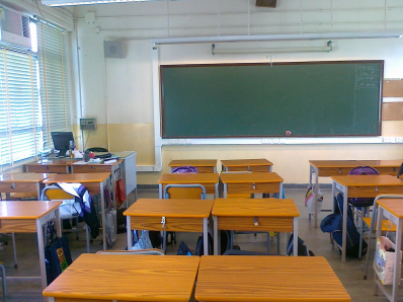By Krystal Yang
While the importance of understanding information and gaining knowledge in the classroom is crucial, physical comfort for students cannot be overlooked either. The physical environment that educators shape plays a profound role in children’s learning. According to Dr. Sheryl Reinisch, director of Early Childhood Education Programs at Concordia University, comfortable classroom environments “help children feel safe, secured, and valued. As a result, self-esteem increases and students are motivated to engage in the learning process.” She cites a group of first-graders whose remodeled classroom included elements like reading spaces, fish, plants, and student art. The children were reportedly relaxed and ready to learn, as if they were in a living room of learning.
What makes a classroom an optimal learning environment? Important aspects of a classroom to consider include cleanliness, decor, and comfortability. A survey of 751 elementary school students across 7 schools in a town in England, Blackpool, recorded the features that were most desirable in the classroom. Children expressed that the availability of natural light, acoustic, colors, and furniture were the most important features of a comfortable learning environment. They were not satisfied with the current desk-chair model, which stifles creativity.
All in all, the level of comfortability in the classroom is very important, both mentally and physically. A student should have a calm and stress-free environment to focus on learning, which is ultimately beneficial to both the student and the community.
 Tempus Magazine By Students, For Students
Tempus Magazine By Students, For Students 



